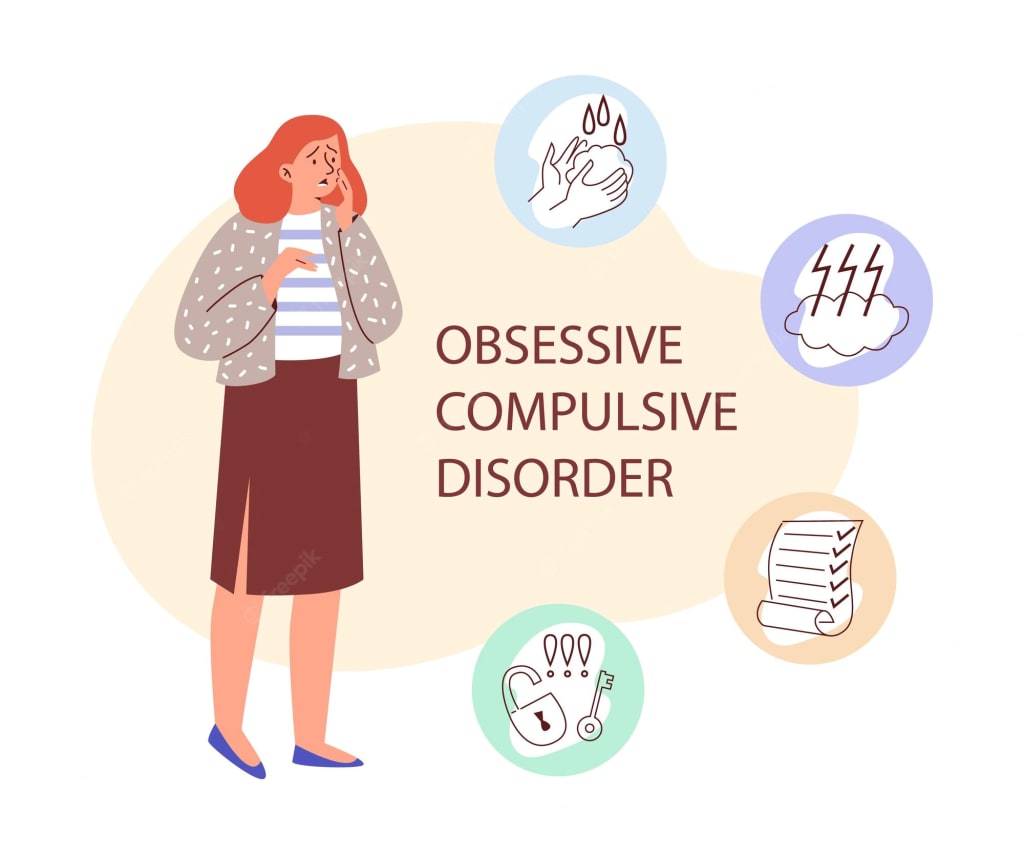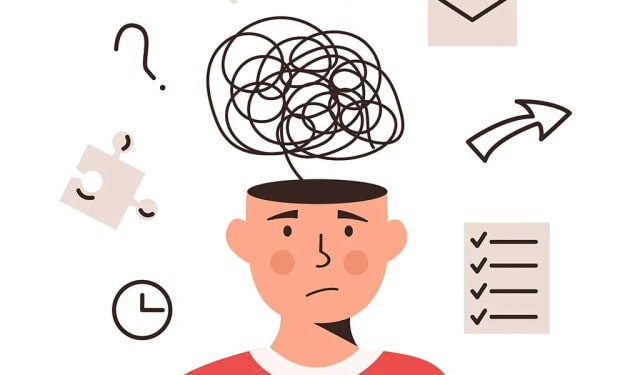What Are The Four Types Of OCD?
What Are The Four Types Of OCD?

Introduction
Obsessive-Compulsive Disorder (OCD) is a mental health condition affecting millions worldwide. It is characterized by intrusive thoughts (obsessions) and repetitive behaviors (compulsions) that can significantly impact an individual's daily life. While OCD manifests differently in each person, there are four main types that commonly occur. In this article, we will explore the four types of OCD, their symptoms, and their impact on those affected.
Checking OCD
Checking OCD is the most well-known type of OCD and is characterized by repetitive checking behaviors. Individuals with checking OCD have an intense fear that something terrible will happen if they do not repeatedly check things such as locks, appliances, or personal belongings. Common obsessions in checking OCD include fear of leaving doors unlocked, appliances turned on, or windows open. The compulsions involve repeatedly checking these things, even when the person logically knows they have already done so. This cycle of obsessions and compulsions can be time-consuming and greatly interfere with daily activities.
Contamination OCD
Contamination OCD revolves around an overwhelming fear of germs, dirt, or contamination. Individuals with this type of OCD have obsessive thoughts about coming into contact with harmful substances and the belief that such exposure will lead to severe illness or harm. As a result, they engage in compulsive cleaning rituals to reduce anxiety and maintain a sense of cleanliness. These rituals may involve excessive handwashing, avoiding public places, or using gloves and disinfectants excessively. Contamination OCD can significantly affect a person's quality of life, making engaging in social activities or even leaving the house challenging.
Symmetry and Orderliness OCD
Symmetry and orderliness OCD is characterized by an overwhelming need for symmetry, precision, or perfect order. People with this type of OCD often feel intense discomfort or distress when things are not arranged in a specific way or when objects are not aligned perfectly. They may spend excessive amounts of time arranging items symmetrically, counting objects, or repeatedly reorganizing belongings until they feel a sense of satisfaction. This obsession with symmetry and orderliness can disrupt daily routines and cause distress when faced with situations that are inherently asymmetrical or disorderly.
Intrusive Thoughts OCD
Intrusive thoughts OCD, also known as Pure-O OCD, is a type of OCD that primarily involves distressing and intrusive thoughts rather than outwardly observable compulsive behaviors. Individuals with this form of OCD experience unwanted and disturbing thoughts or mental images that are often violent, sexual, or taboo in nature. These thoughts are intrusive and can lead to extreme anxiety and distress. In response, individuals may engage in mental rituals, such as mentally repeating phrases or counting, to try to neutralize the thoughts. Intrusive thoughts OCD can be particularly distressing as the obsessions are internal and may go unnoticed by others, leading to feelings of shame or embarrassment.
Conclusion
Obsessive-Compulsive Disorder is a complex mental health condition that can manifest in various ways. Understanding the four main types of OCD—checking, contamination, symmetry and orderliness, and intrusive thoughts—provides insight into the diverse experiences of those affected. It is important to remember that these types are not mutually exclusive, and individuals with OCD may experience symptoms from more than one category.
If you or someone you know is struggling with OCD, it is crucial to seek professional help. OCD can be effectively managed through a combination of therapy, medication, and support from mental health professionals. With proper treatment, individuals can learn to manage their symptoms and regain control over their lives.
Remember, OCD is a treatable condition, and seeking help is the first step towards living a healthier, more fulfilling life.





Comments
There are no comments for this story
Be the first to respond and start the conversation.